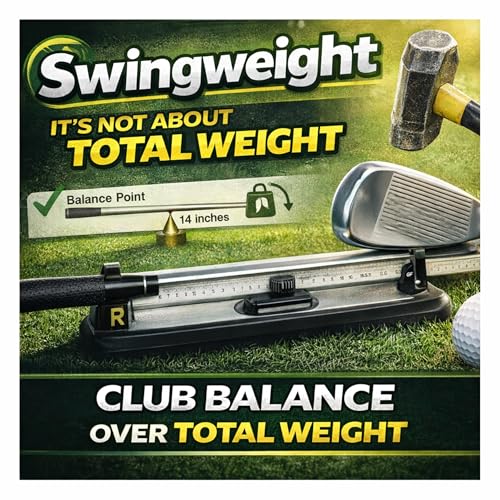Professional golf is entering the 2026 season in a phase of rapid evolution, driven by ranking alignment, roster movement, and new competition formats. The biggest structural shifts are happening inside LIV Golf, while relations between tours appear to be gradually softening.
LIV Golf: Alignment and Expansion
LIV is making a clear pivot toward traditional tour standards. The headline change is the move from 54 holes to a full 72-hole format starting in 2026. This is widely viewed as an attempt to better match Official World Golf Ranking (OWGR) expectations, especially after OWGR introduced a policy where accredited 54-hole events receive reduced points compared with 72-hole tournaments. By adopting the standard format, LIV aims to strengthen its case for broader ranking legitimacy and improve players’ long-term access to major qualification pathways.
Alongside the format change, LIV is expanding its competitive structure. The regular-season field will increase from 48 to 57 players, spread across 13 teams, creating more roster spots. To fill them, LIV has upgraded its qualifying pathway. The LIV Golf Promotions event (January 8–11, 2026) will now award three wild-card places for the 2026 season (previously two), reinforcing a more performance-based entry route. This system also allows relegated LIV players and contenders from other tours to compete directly for status.
Cross-tour integration and cooperation
A key theme for 2026 is increased connectivity between tours. The DP World Tour has signaled a more flexible stance by confirming it will not penalize members for playing the LIV Promotions event, and it deliberately avoided scheduling a conflict that week. LIV’s partnership link with the Asian Tour remains important as well, with top finishers in Promotions earning exemptions into International Series events, strengthening the “global pathway” model. While official PGA Tour policies still stand, public comments from major figures suggest the tone is becoming more pragmatic regarding possible returns under defined conditions.
Player movement and emerging talent
The offseason is also marked by major career decisions. Brooks Koepka is leaving LIV at the end of 2025, citing family priorities, and Talor Gooch will take over as captain of Smash GC in 2026. On the women’s side, veteran Pernilla Lindberg is stepping away from full-time competition as she prepares for motherhood. At the same time, new talent continues to rise through development systems worldwide. A clear example is Zhou Yanhan, who earned a full DP World Tour card via the China Tour after a dominant season that included seven victories and the Order of Merit title.
New formats: TGL
Beyond outdoor tours, the calendar is expanding with tech-driven products. TGL, backed by Tiger Woods and Rory McIlroy, adds an arena-style, media-friendly indoor league running alongside the traditional season—offering a distinct entertainment format and a new commercial lane for the sport.
Overall, 2026 looks like a shift toward standardization, clearer merit-based entry, and a broader ecosystem where tours compete, collaborate, and innovate at the same time.
 10 分
10 分 12 分
12 分 13 分
13 分 2026/01/0313 分
2026/01/0313 分 2026/01/0214 分
2026/01/0214 分 12 分
12 分 12 分
12 分 12 分
12 分
